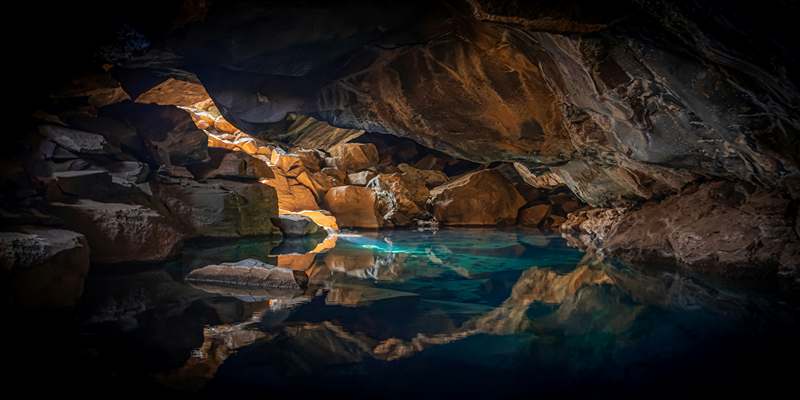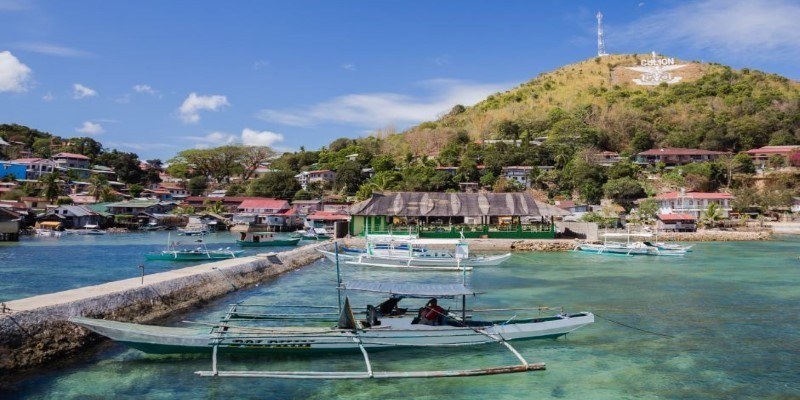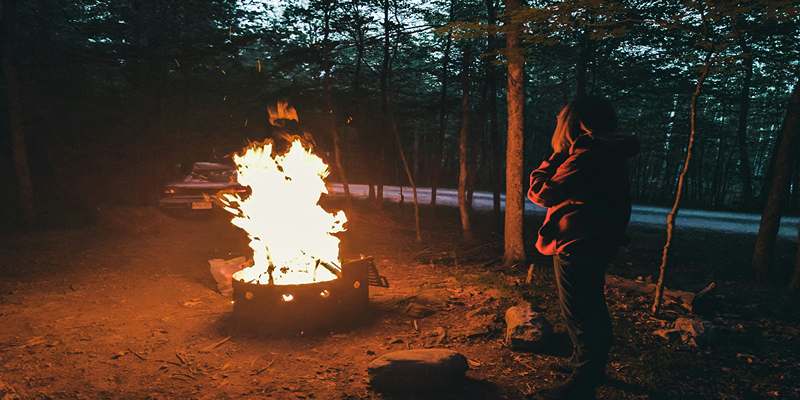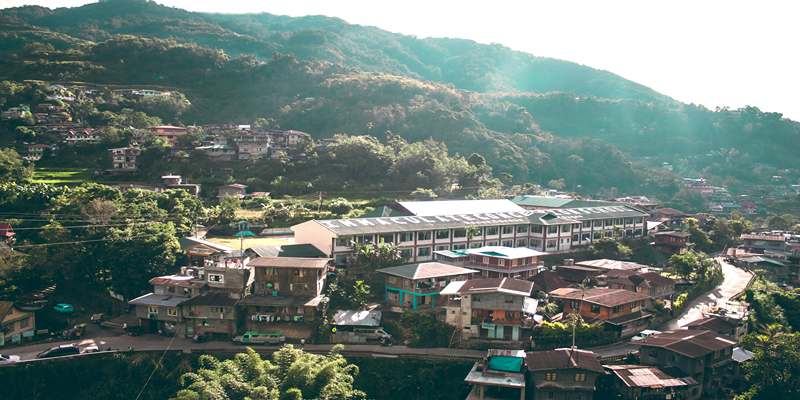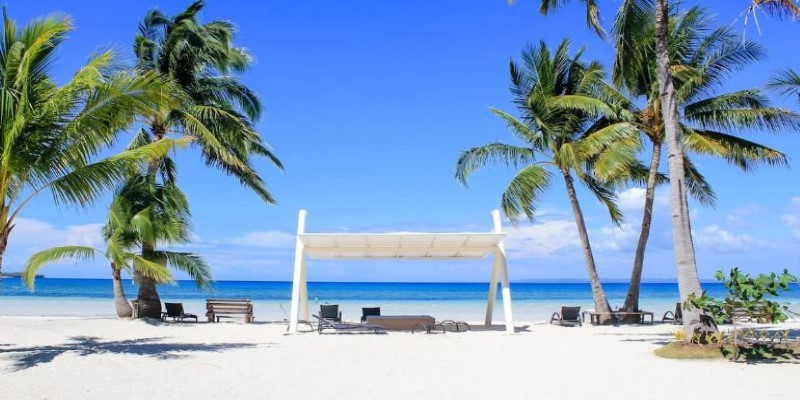Discover the Banaue Rice Terraces in Ifugao Province
The Banaue Rice Terraces are among the most impressive wonders of the world, as they are the result of the hard work of the Ifugao people. These are more than 2,000 years old and are found in the Ifugao region of the Philippines and are very significant in the mountain farming practices. The terraces are also famously known as the “Eighth Wonder of the World” because they were built through premature ancient engineering and sophisticated agricultural principles. Apart from their function in agriculture, they represent a historical and cultural value of the Ifugao people. A visit to this site, listed as a UNESCO World Heritage, is a wonderful opportunity to see beautiful scenery, learn more about the culture of the locals, and see the amazing structure of the bridge.

The History and Cultural Significance of the Banaue Rice Terraces
The Origins of the Ifugao Rice Terraces
The Banaue Rice Terraces, which is also known as the Philippines’ ‘Eighth Wonder of the World,’ was constructed by the Ifugao people about 2000 years ago. Without any complex machinery, equipment, or support structures, they were able to dig out terraces using mere hand tools and stones and build walls to produce an efficient system of irrigation. These terraces have been preserved over the years even for the modern generation to be used in mountain farming in the Philippines.
A UNESCO Heritage Site and National Treasure
Although the Banaue Rice Terraces do not fall into the UNESCO World Heritage Sites list, they are sometimes categorized along with other Ifugao Rice Terraces like Batad and Bangaan that have UNESCO status. The Philippine government, in 1973, granted it the National Cultural Treasure status since the Banaue Rice Terraces had both cultural and historical values.
The Ifugao People and Their Traditions
The Ifugao people have been practicing their culture for many centuries, and they are also actively involved in the maintenance of terraces. They are primarily involved in rice farming, and thus, they practice the ‘Hudhud chants’ during planting and harvesting periods. These are still practiced today and have been listed as an Intangible Cultural Heritage of the World Heritage by UNESCO, and these are an indication of how the Ifugao are culturally rooted to the land.
Engineering and Agricultural Ingenuity Behind the Rice Terraces
The Advanced Irrigation System
The Ifugao Rice Terraces have a highly developed water control system that draws water from highland sources and forests. These natural water systems irrigate the terraces properly, and the form of farming has been practiced for hundreds of years.
Stone Walls and Sustainable Farming Practices
Every terrace is backed up by a wall made of stones and compacted soil so that there will not be much soil erosion, which in turn provides more land for farming. The Ifugao’s farming methods do not employ the use of chemical fertilizers; hence, mountain farming in the Philippines is environmentally friendly.
Challenges in Preservation and Modernization
While the terraces have endured for thousands of years, modern challenges such as climate change, urban migration, and declining interest in traditional farming threaten their preservation. Local organizations and government initiatives aim to restore and maintain the terraces through eco-tourism and community-led conservation programs.

Best Spots to View and Experience the Banaue Rice Terraces
Banaue Viewpoint: A Panoramic Perspective
The Banaue Viewpoint is the most accessible spot to witness the grandeur of the Banaue Rice Terraces. Located just a short drive from the town proper, this viewpoint offers a sweeping panoramic view, making it a favorite among tourists and photographers.
Batad Rice Terraces: A Hidden Gem
Among the various Ifugao Rice Terraces, Batad stands out for its amphitheater-like formation. Unlike the more touristy Banaue terraces, Batad offers a more immersive experience, with trekking trails leading to hidden waterfalls and traditional Ifugao villages.
Bangaan Rice Terraces: A Cultural Village Experience
The Bangaan Rice Terraces provide a closer look at Ifugao village life. Visitors can interact with locals, witness traditional hut architecture, and even participate in rice planting and harvesting activities. This spot offers both cultural enrichment and breathtaking landscapes.
Adventurous Activities in the Banaue Rice Terraces
Trekking Through the Rice Terraces
Hiking through the Banaue Rice Terraces is a must-do activity for adventure seekers. Trails vary from easy walks to challenging treks leading to remote villages and scenic viewpoints. Hiring a local guide is recommended to fully appreciate the history and significance of each trail.
Visiting Tappiya Falls in Batad
For those exploring Batad, a side trip to Tappiya Falls is highly recommended. This majestic waterfall, hidden deep in the mountains, offers a refreshing reward after a long trek. The journey to the falls takes about an hour and provides stunning views of the terraces along the way.
Interacting with the Ifugao Community
Immersing in local culture is a highlight of any visit to the Ifugao Rice Terraces. Visitors can stay in traditional Ifugao huts, learn about indigenous crafts, and experience the hospitality of the local people. Engaging with the community provides a deeper appreciation of the terraces beyond their scenic beauty.
Why the Banaue Rice Terraces Are a Must-Visit Destination
Unlike ancient ruins, the Banaue Rice Terraces remain an active agricultural site, continuously used for rice farming. This living heritage showcases the resilience and ingenuity of the Ifugao people, making it a significant cultural treasure.
With its breathtaking landscapes, mist-covered mountains, and golden-hued rice fields, the Banaue Rice Terraces offer stunning photography opportunities. Whether capturing sunrise over the terraces or the daily life of local farmers, every shot tells a story.
For eco-conscious travelers, visiting the Banaue Rice Terraces supports sustainable tourism. By choosing local guides, staying in homestays, and participating in community-led activities, visitors contribute to the preservation of this ancient wonder.
Conclusion
The Banaue Rice Terraces are more than just a stunning landscape—they are a testament to the resilience, ingenuity, and rich culture of the Ifugao people. As one of the most iconic Ifugao Rice Terraces, this ancient marvel continues to stand strong, sustaining both agricultural practices and indigenous traditions. Whether you’re trekking through the terraces, interacting with locals, or simply admiring the breathtaking views, a visit to this UNESCO-recognized wonder is an unforgettable experience. By appreciating and supporting sustainable tourism, visitors can help preserve this priceless piece of Philippines mountain farming heritage for generations to come.



